I have a dataset of 2000 256 x 256 x 3 images to train a CNN model (with approximately 30 million trainable parameters) for pixel wise binary classification. Before training it I would like to divide it into validation and test set. Now, I have gone thru all the answers from this question.
The suggestions are like 80-20 split or random splits with training and observing performance (hit and trial type). So, my question - Is there a way/technique to choose a minimum dataset for validation and testing that represents all the variance of the total dataset? I am having an intuition like there should be a quantity (like mean) that can be measured per image and that quantity can be plotted so that some values become outliers, some do not and I can take images from these groups so that maximum representation of this variety is there.
I have a minimum dataset constraint as I have very less data. Augmentation might be suggested but then should I go for positional or intensity based augmentations. Because from class notes, our teacher told us that max pooling layer makes the network invariant to translations/rotations. So, I am assuming positional augmentations won't do.
